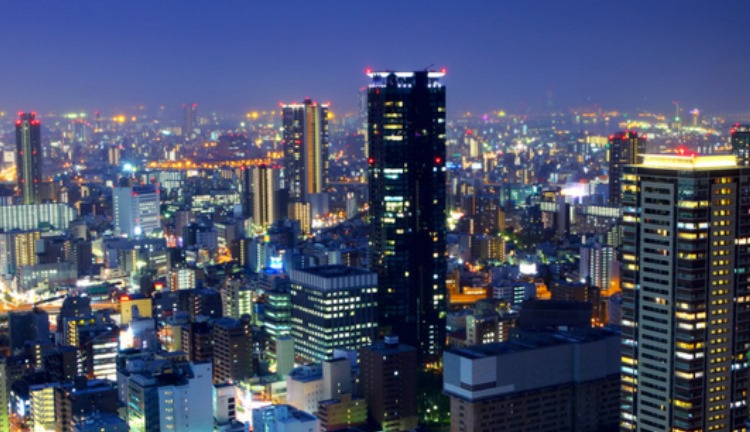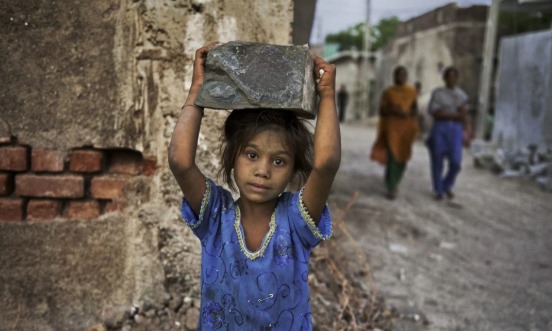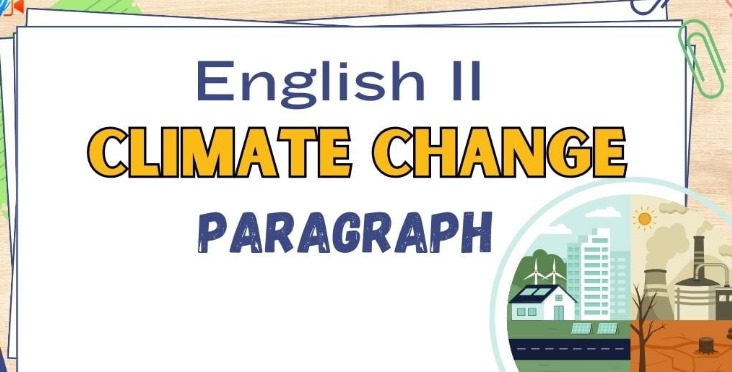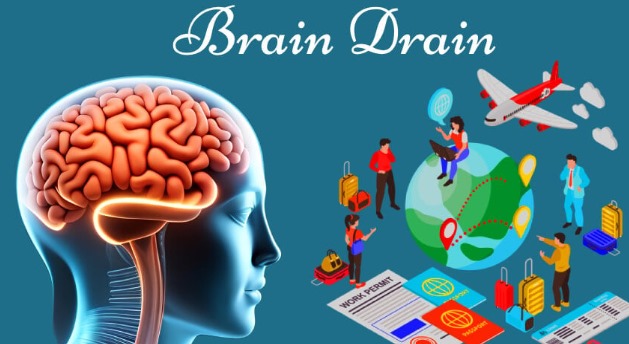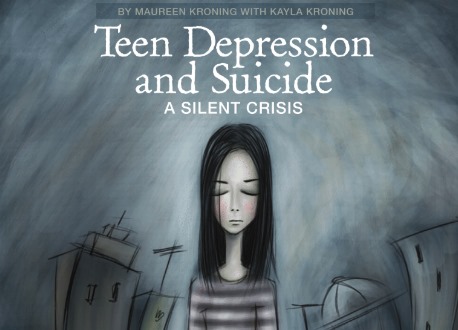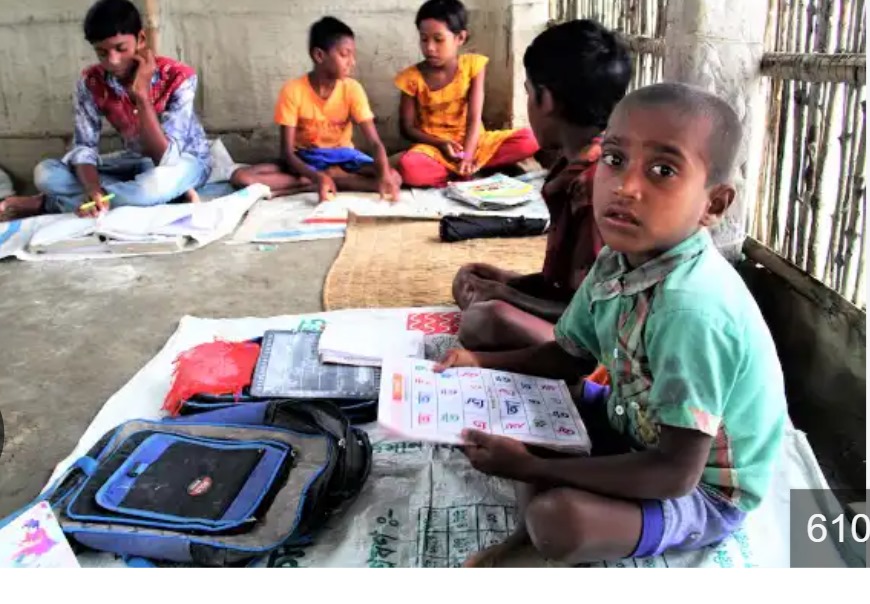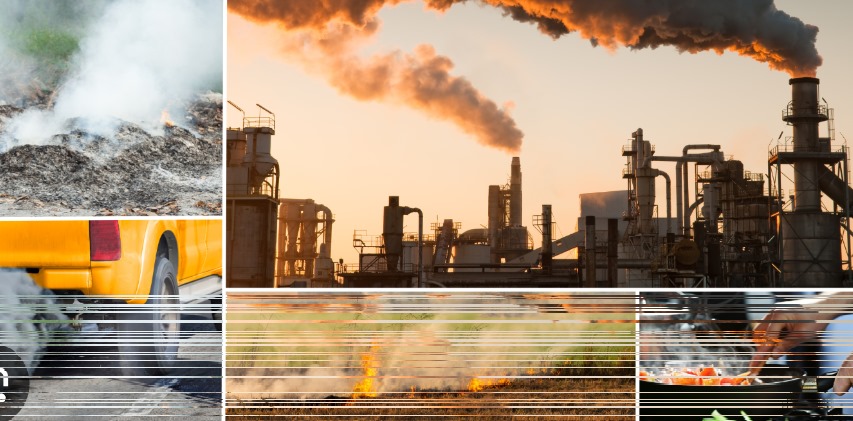Life in a City Life in a city is fast, busy, and full of opportunities. Cities are known for their tall buildings, crowded streets, shopping malls, and constant movement. Students living in cities enjoy many advantages, such as access to good schools, libraries, coaching centers, and modern technology. There are also more chances to take part in competitions, sports, and cultural activities. City life offers better transportation, including buses, trains, and even metro services, which make it easier for students to travel to school or college. Medical facilities, entertainment options,…
Read MoreDay: September 3, 2025
Food Adulteration paragraph for SSC
Food Adulteration: Causes and Consequences Food adulteration is the practice of adding or mixing harmful or inferior substances to food items to increase quantity or reduce production costs. This unethical practice is widespread, especially in markets where food safety regulations are weak or poorly enforced. Common examples of adulteration include mixing water with milk, adding starch to flour, using artificial colors in spices, or blending cheap oils with edible oils. The causes of food adulteration are mainly economic. Sellers adulterate food to maximize profits by reducing the quality or quantity…
Read MoreChild labour paragraph
Child Labour: Causes and Consequences Child labour is a serious social issue that affects millions of children worldwide. It refers to the exploitation of children through work that deprives them of their childhood, education, and potential. Instead of attending school and enjoying their early years, many children are forced to work in hazardous and unhealthy environments such as factories, farms, mines, and even in domestic service. Several factors contribute to child labour. Poverty is the most significant cause, as families struggling to meet basic needs may send their children to…
Read MoreClimate Change paragraph for SSC
Climate Change: A Global Challenge Climate change refers to significant and lasting changes in the Earth’s climate patterns, primarily caused by human activities. It is mainly driven by the increased concentration of greenhouse gases such as carbon dioxide, methane, and nitrous oxide in the atmosphere. These gases trap heat, leading to a gradual rise in global temperatures, a phenomenon commonly known as global warming. The burning of fossil fuels like coal, oil, and natural gas for energy and transportation is the largest source of greenhouse gas emissions. Deforestation also contributes…
Read MoreBrain Drain paragraph
Brain Drain: Causes and Effects Brain drain refers to the phenomenon where skilled and educated individuals leave their home country to seek better opportunities abroad. This often happens when professionals, such as doctors, engineers, scientists, and teachers, move to developed countries in search of higher salaries, better working conditions, advanced technology, and improved quality of life. Several factors contribute to brain drain. Poor economic conditions, lack of job opportunities, political instability, inadequate infrastructure, and limited career growth in the home country push talented individuals to migrate. Additionally, better education systems…
Read MorePrice Hike paragraph for HSC
Price Hike: Causes and Consequences Price hike refers to the sudden or gradual increase in the cost of goods and services. It affects everyday life by making essential items like food, fuel, and clothing more expensive, putting a strain on household budgets. Several factors cause price hikes, including inflation, increased production costs, supply chain disruptions, and higher demand. For example, when the price of raw materials rises or transportation becomes more expensive, businesses often pass these costs onto consumers. Government policies, such as taxes or tariffs, can also contribute to…
Read MoreCampus violence paragraph
Campus Violence: A Growing Concern Campus violence is a serious issue that affects schools, colleges, and universities around the world. It includes a range of harmful behaviors such as physical fights, bullying, verbal abuse, harassment, sexual assault, and even armed attacks. The presence of violence in educational institutions not only endangers students and staff but also disrupts the learning environment and damages the sense of safety that every student deserves. There are many causes of campus violence. One major factor is peer pressure and the desire to assert power or…
Read MoreThe cause and effect of Teenage Depression paragraph
The Cause and Effect of Teenage Depression Teenage depression is a serious mental health condition that affects millions of adolescents worldwide. It is more than just mood swings or occasional sadness—it is a persistent feeling of sadness, hopelessness, and a loss of interest in daily activities. Understanding the causes and effects of teenage depression is essential for early intervention and effective treatment. There are many causes of teenage depression, and often, multiple factors are involved. One major cause is academic pressure. Many teens feel overwhelmed by expectations to perform well…
Read MoreIlliteracy paragraph for all classes
Illiteracy Illiteracy is the inability to read and write, and it remains a major issue in many parts of the world. It limits a person’s ability to access information, education, and job opportunities, keeping them trapped in poverty. Illiterate individuals often struggle with basic tasks like reading signs, filling out forms, or understanding instructions, which can make daily life difficult and frustrating. Illiteracy not only affects individuals but also holds back the development of communities and nations. A country with a high illiteracy rate faces challenges in economic growth, public…
Read MoreAir Pollution paragraph
Air Pollution Air pollution is one of the most serious environmental problems affecting the world today. It occurs when harmful substances such as gases, dust, and smoke are released into the atmosphere, degrading air quality and posing serious risks to human health and the planet. The main sources of air pollution include vehicle emissions, industrial activities, burning of fossil fuels, construction work, and agricultural practices. Natural causes like wildfires and volcanic eruptions also contribute, but human activities remain the primary cause. One of the most dangerous pollutants is particulate matter…
Read More
